Porsche is both the smallest independent German automaker and the world’s most profitable automaker. It’s history of sports cars begins in 1948 with the legendary Type 356 “No.1”, but the conceptual basis of the brand is the result of the lifelong work of Professor Ferdinand Porsche (1875 – 1951) which was continued by his son Ferry (1909 – 1998). The first Porsche museum opened in 1976 in a side road near the factory. It was a small building to hold 20 exhibits in rotation. Porsche built it to showcase their stock of 300 restored cars, many of which in pristine condition and still in full driving order. Planning for the new Porsche Museum began in 2003 in the northern district of Zuffenhausen Stuttgart next to the company headquarters. Construction took place between 2005-08. The official opening ceremony was on 29 January 2009 and cost around 100 million euros. The display area covers 5600 sq.m. featuring around 80 exhibits, many rare cars and a variety of historical models. The museum was designed by Austrian based architects Delugan Meissl. The exhibition spaces were designed by HG Merz.
“Porsche Idea,” “Product History,” and “Thematic Islands” are the three core elements of the Porsche Museum concept. The “Porsche Idea“ section focuses on specific, trailblazing technical solutions for interesting challenges from nearly all areas of mobility. The “Product History” section is a chronologically arranged presentation of the history of Porsche sports cars from its beginnings in 1948 to the latest models. “Thematic Islands” focus on particular, especially important aspects of Porsche history. The Delugan Meissl Architects explain their concept for the design:
“The central draft concept was the translation of the versatile and vivid brand into the language of architecture. The museum features those specific conditions which the Porsche brand conveys both spatially and sensually to visitors. Drive and speed, statics and logjams can be experienced both in the building’s configuration as well as through the spatial medium. The museum’s conceptual design demonstrates our perception of buildings as interactive organisms, as communicating part of a whole. The consistent interaction between the building and its environment is conceived as a quality, as is a functional and practical utilisable space. The specific characteristics of the spatially definable environment are conceived as a landscape or urban landscape, its interpretation as the corporate approach. The Porsche museum is designed as a dynamically formed, monolithic structure, seemingly detached from the entry level’s folded topography. Its reflective soffit absorbs the architectural landscape below and atmospherically increases the space between base and exhibition area.”The photo shoot took place on July 2014. My approach is to combine capturing iconic and representative points of view that portray an overall impression with a post-processing treatment that enhances the viewing experience and gives a uniqueness to buildings that are photographed extensively.
More information and examples of my work can be found on my website and Morphogenesis books: Morphogenesis V2 and Morphogenesis V1.1
Pygmalion Karatzas Photography
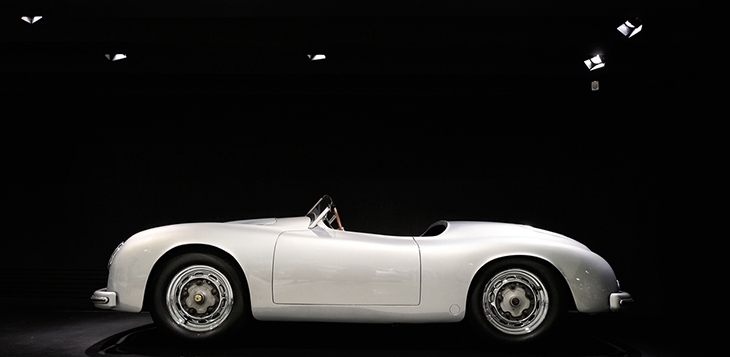 (C) PYGMALION KARATZAS
(C) PYGMALION KARATZAS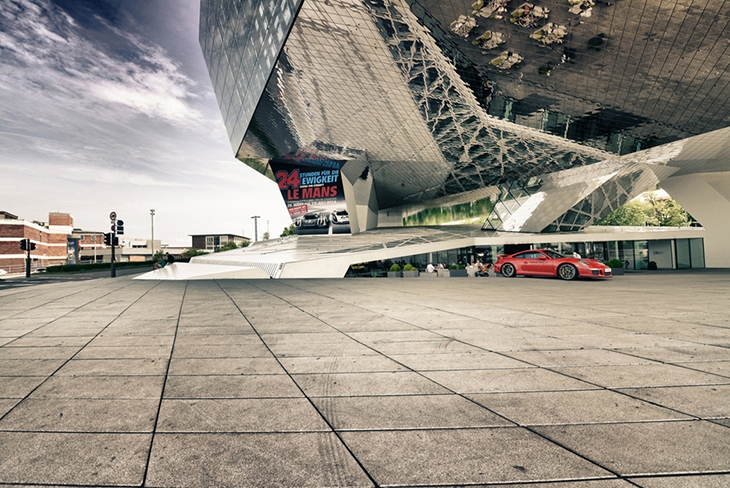 (C) PYGMALION KARATZAS
(C) PYGMALION KARATZAS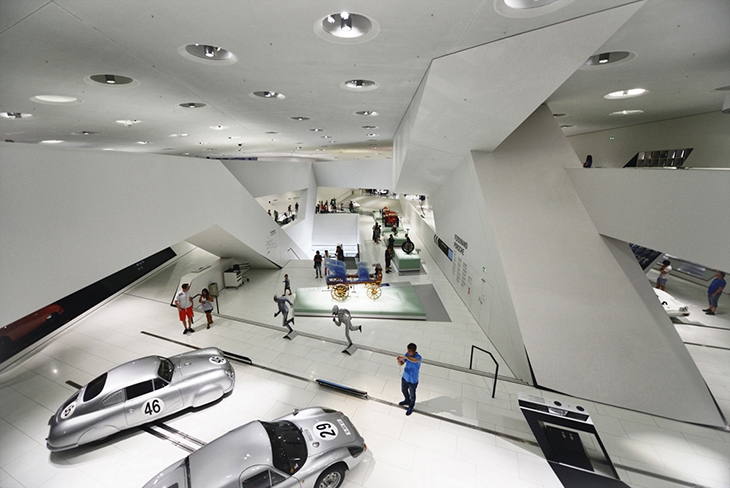 (C) PYGMALION KARATZAS
(C) PYGMALION KARATZAS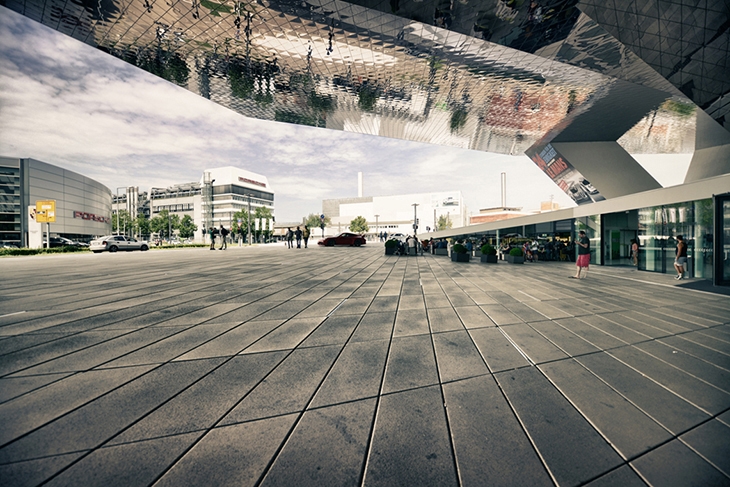 (C) PYGMALION KARATZAS
(C) PYGMALION KARATZAS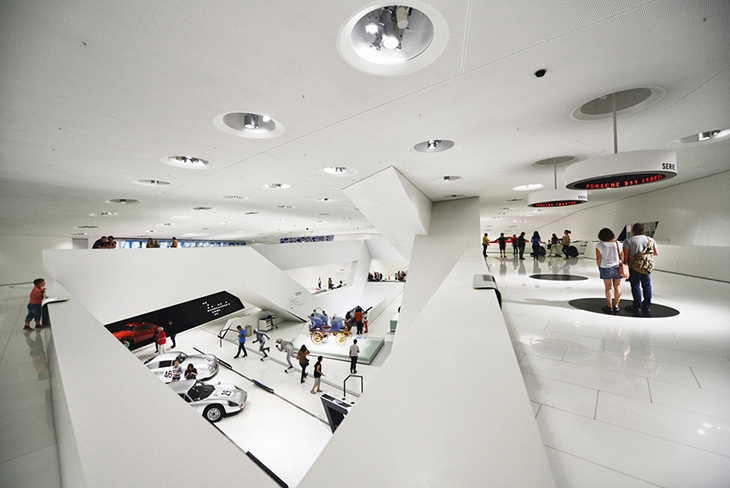 (C) PYGMALION KARATZAS
(C) PYGMALION KARATZAS (C) PYGMALION KARATZAS
(C) PYGMALION KARATZAS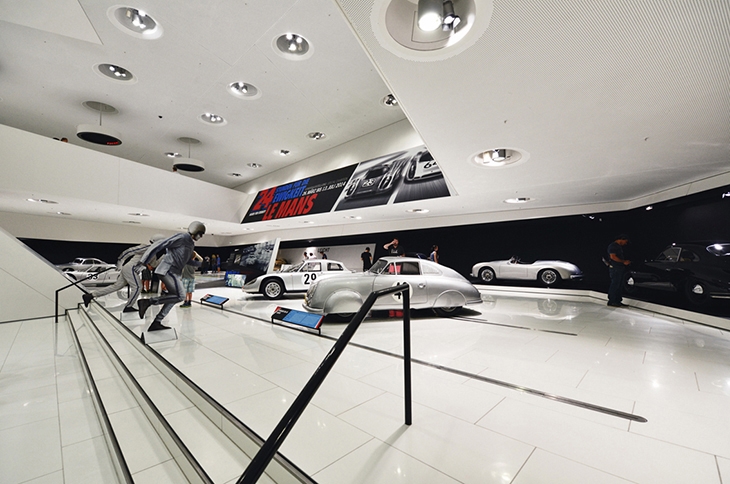 (C) PYGMALION KARATZAS
(C) PYGMALION KARATZAS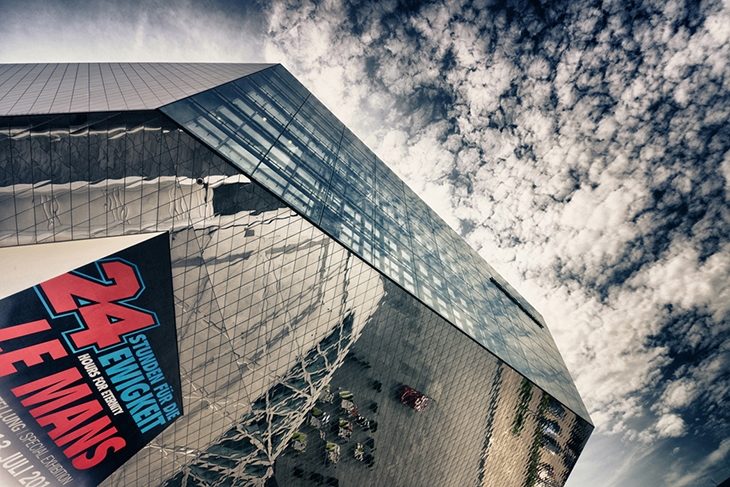 (C) PYGMALION KARATZAS
(C) PYGMALION KARATZAS (C) PYGMALION KARATZAS
(C) PYGMALION KARATZAS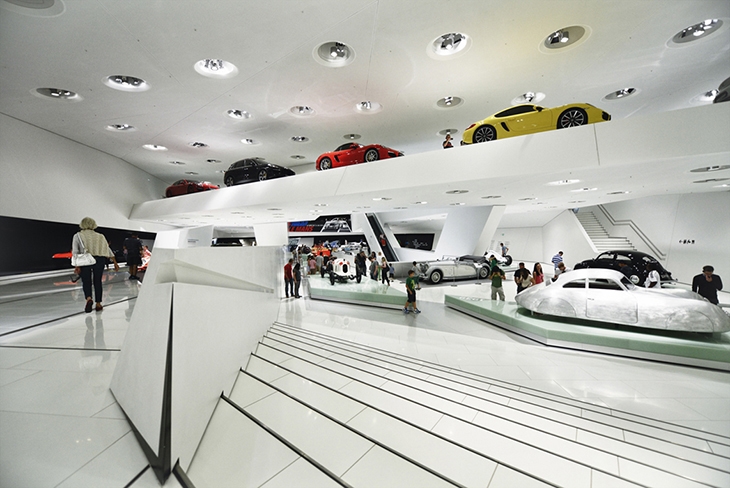 (C) PYGMALION KARATZAS
(C) PYGMALION KARATZAS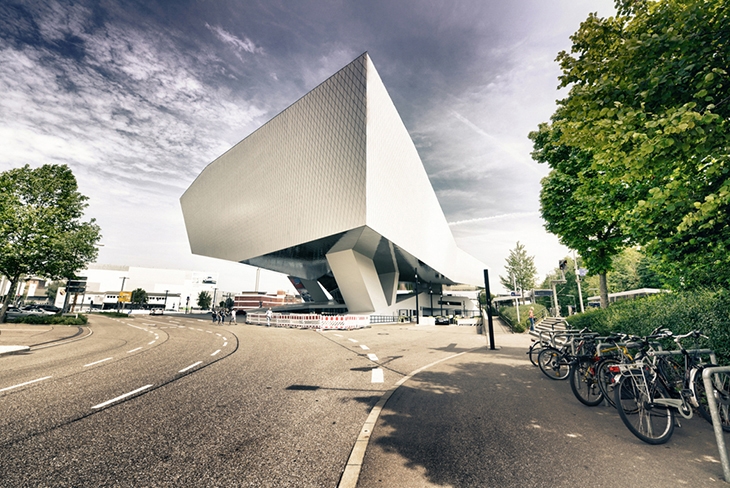 (C) PYGMALION KARATZAS
(C) PYGMALION KARATZASREAD ALSO: INTERNATIONAL PHOTOGRAPHY AWARDS ANNUAL COMPETITION FOR PROFESSIONAL, NON-PROFESSIONAL AND STUDENT PHOTOGRAPHERS

